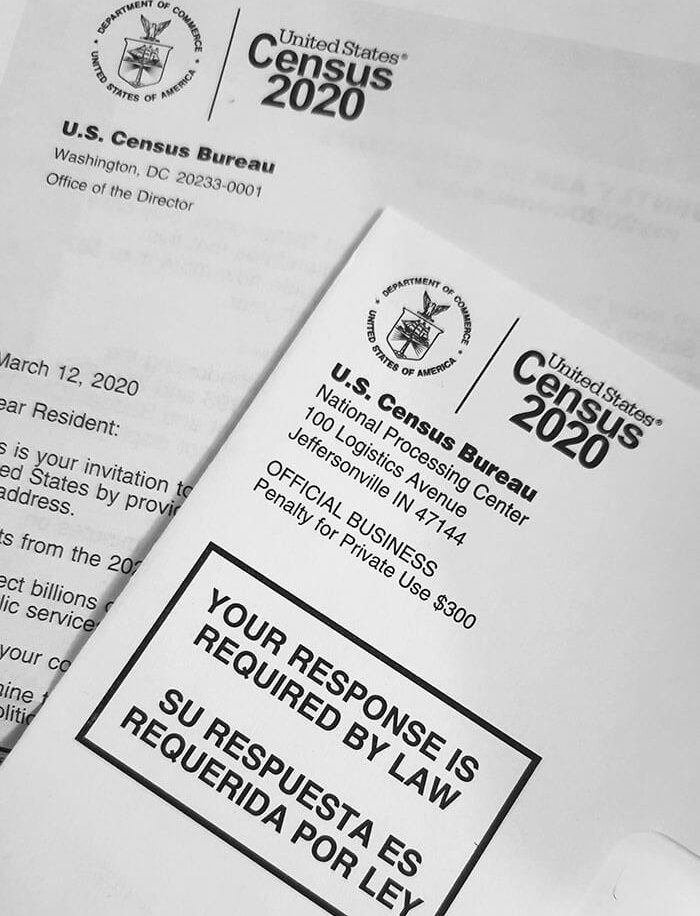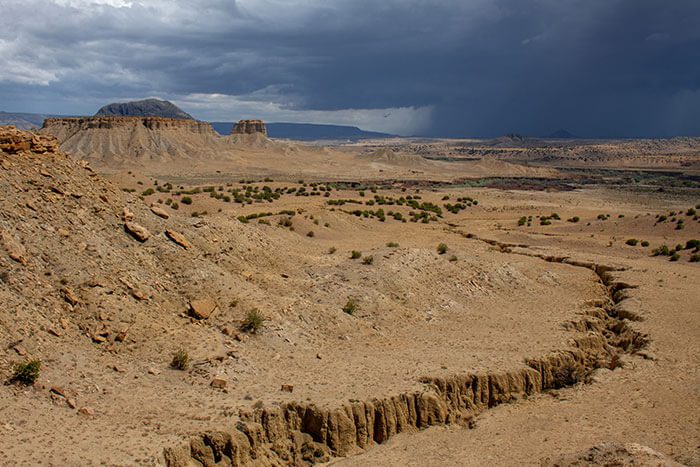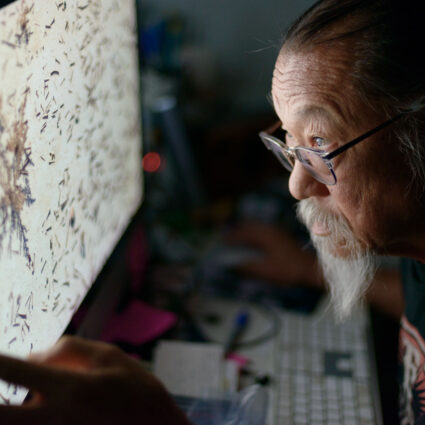Currently, New Mexico ranks 50th in the US for self-response to the 2020 census. Each individual who is counted in the census brings in $37,500 for the state over the course of 10 years.

By Constitutional mandate, the United States government has counted its population in a census every 10 years since 1790. It’s a massive undertaking—a sprawling, unwieldy process that requires years of preparation, months of data analysis, and ultimately affects billions of dollars in federal funding allocations. In a perfect world, every single person living on U.S. soil is counted and included. But the reality is that a variety of barriers prevent a large portion of the population from participating.
New Mexico currently ranks 50th in the country for census self-response rate at 54.6 percent, trailed only by Alaska and Puerto Rico. New Mexico is “the hardest-to-count state in the country,” said Pamela Coleman, state personnel director and chair of the 2020 census. The confluence of factors—huge numbers of rural residents, widespread poverty, a ‘majority minority’ population, high rates of mixed-status households (where undocumented and documented residents cohabitate), and high rates of non-native English speakers—puts New Mexico at a strong disadvantage when it comes to census completion.
The National Endowment for the Arts (NEA) channels its funding for the state through New Mexico Arts, for the most part, and 40 percent of NEA’s budget for state arts agencies is determined on a per capita basis, which comes from census data.
So where does that leave us? As Coleman explained it, each individual who is counted in the census accounts for $3750 a year in federal allocations. So if one person in each New Mexico county goes uncounted, that’s over $1 million in lost income over ten years. And the direct impact on the arts community is considerable. The National Endowment for the Arts (NEA) channels its funding for the state through New Mexico Arts, for the most part, and 40 percent of NEA’s budget for state arts agencies is determined on a per capita basis, which comes from census data. “We already do not have enough funding, we are not funding at the level we could and should be,” said Michelle Laflamme-Childs, the organization’s executive director. The most recent allocation from the NEA was $747,000 and as Laflamme-Childs said, “if we are undercounted, that number goes down, which directly impacts the amount of money we can turn around and grant to arts organizations in the state.” Funding from the arts also comes, on a smaller scale, from portions of the departments of education, housing and urban development, and agriculture.
Clayton Lord, vice president at Americans for the Arts, described in a blog post how the census “has become an increasingly politicized policy mechanism,” particularly in regard to the recent debate over whether to include a citizenship question. Lord wrote that critics of the question saw it as a “thinly-veiled effort to scare non-citizens into not participating and generally depress participation from historically marginalized communities, impacting representation and funds distribution to those communities for the next ten years.” Though the Supreme Court overturned the Trump administration’s attempts to add a question about citizenship information in 2019, the debate sewed fear among populations that have good reason to mistrust the government. More recently, Trump announced that undocumented immigrants would be “excluded from the apportionment base,” meaning that though undocumented people would be counted, they would not be included as part of the per capita calculations for fund distribution. Not only is this impossible without the citizenship question that was prohibited by the Supreme Court last year, but it’s unconstitutional and will not hold up in court—what it does achieve, however, is to further perpetuate a climate of fear and reticence to share personal information with the government.

The arts are “a huge contribution to our state’s economy, plus a huge contribution to our quality of life,” said Laflamme-Childs. A study conducted by the UNM Bureau of Business and Economic Research, commissioned by the Department of Cultural Affairs, found that the arts and culture industry brings $5.6 billion into the state economy annually. The small act of census completion helps direct money toward organizations in the state that subsequently build up the economy and the community. “Every single New Mexican is precious and important, and we need to count them,” said Coleman. “We are all here, we all make an impact.”
You can complete your 2020 New Mexico census online, by phone, by mail, or in-person by September 30. All information about how to participate can be found here.



